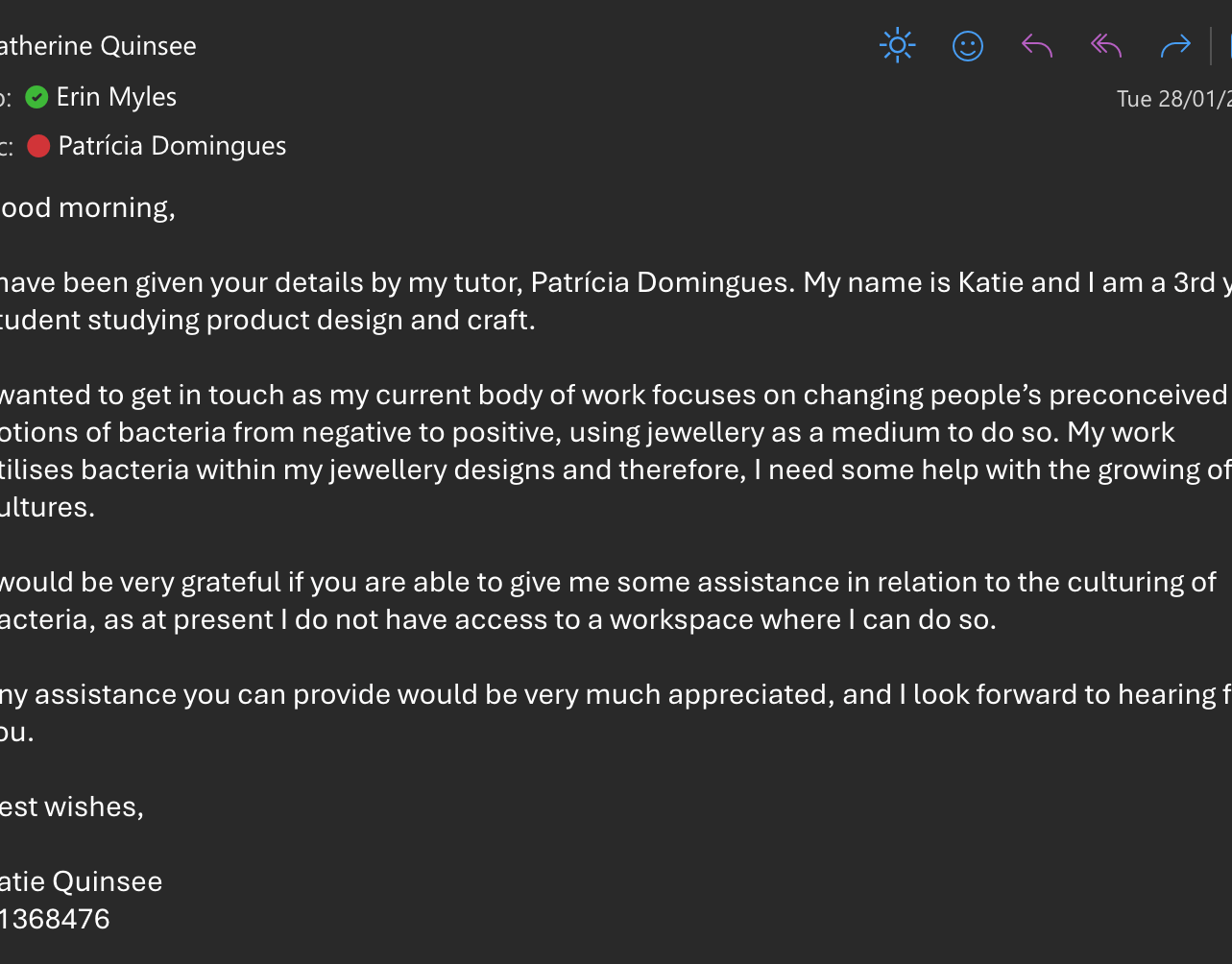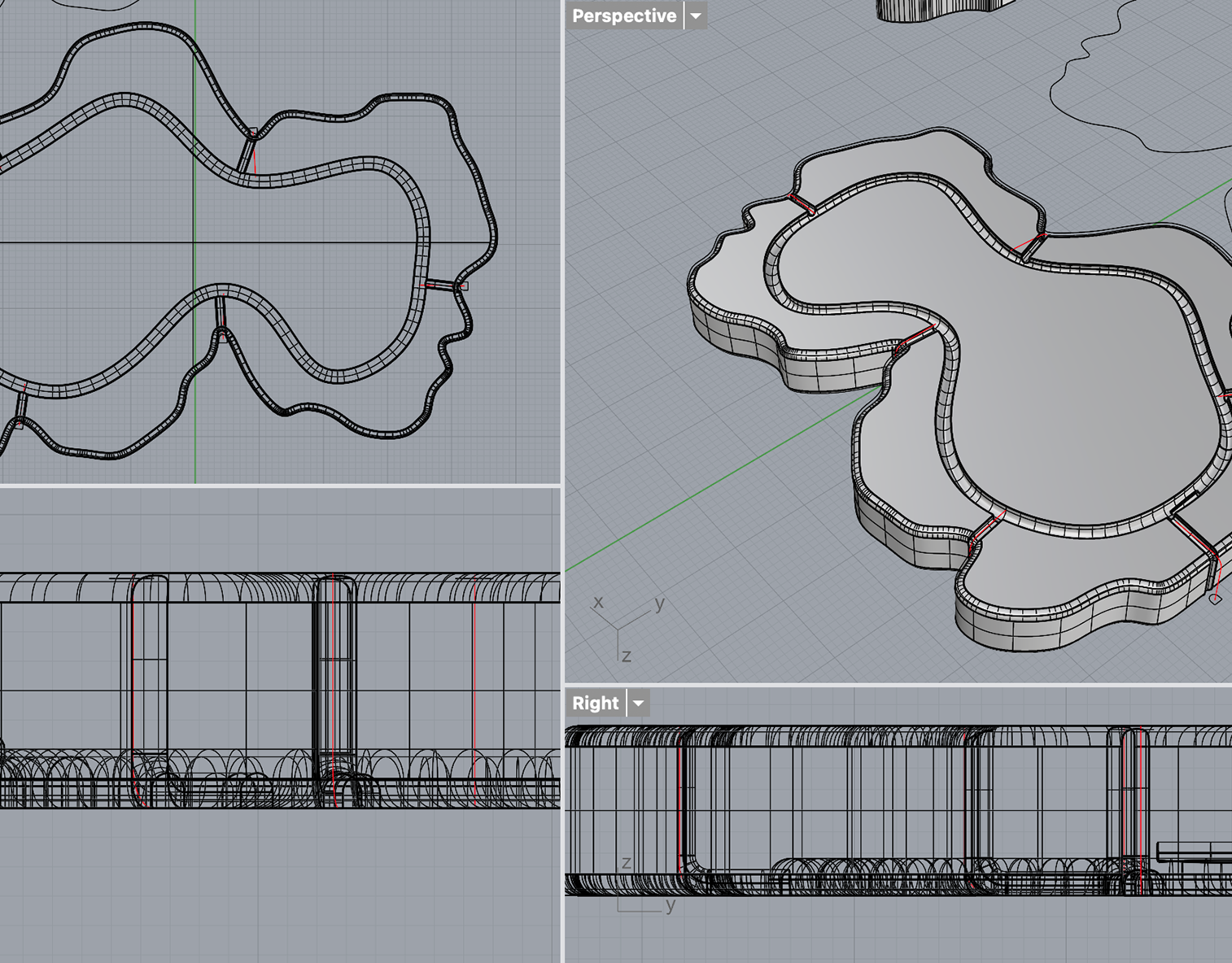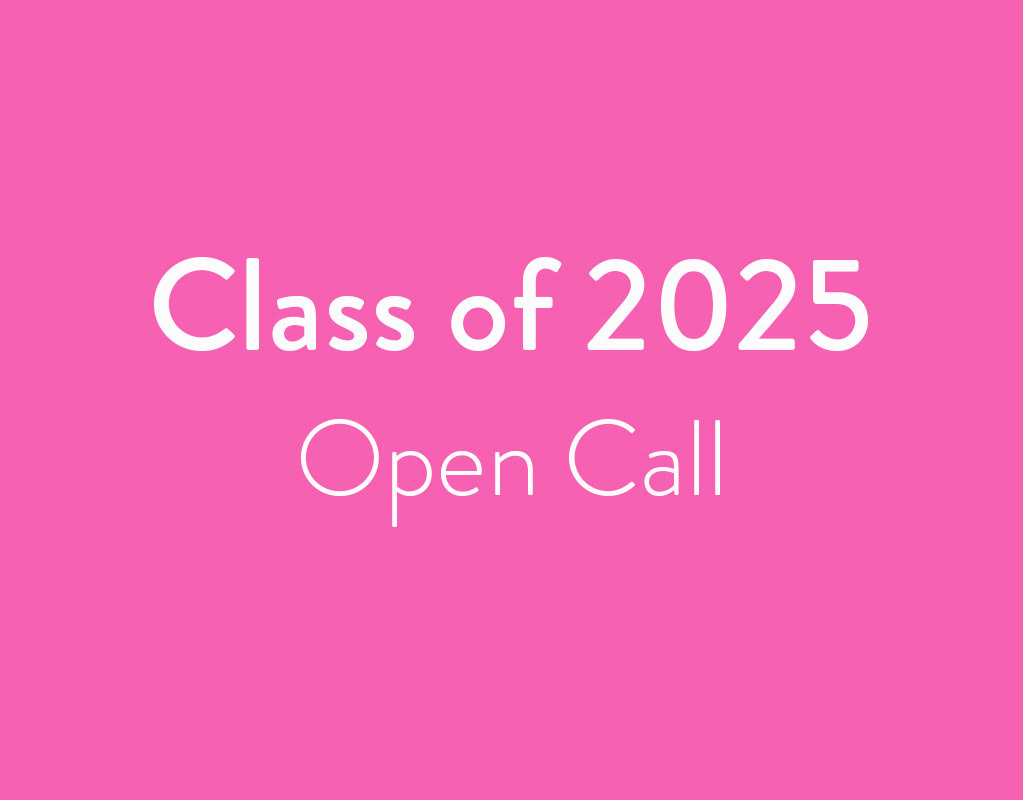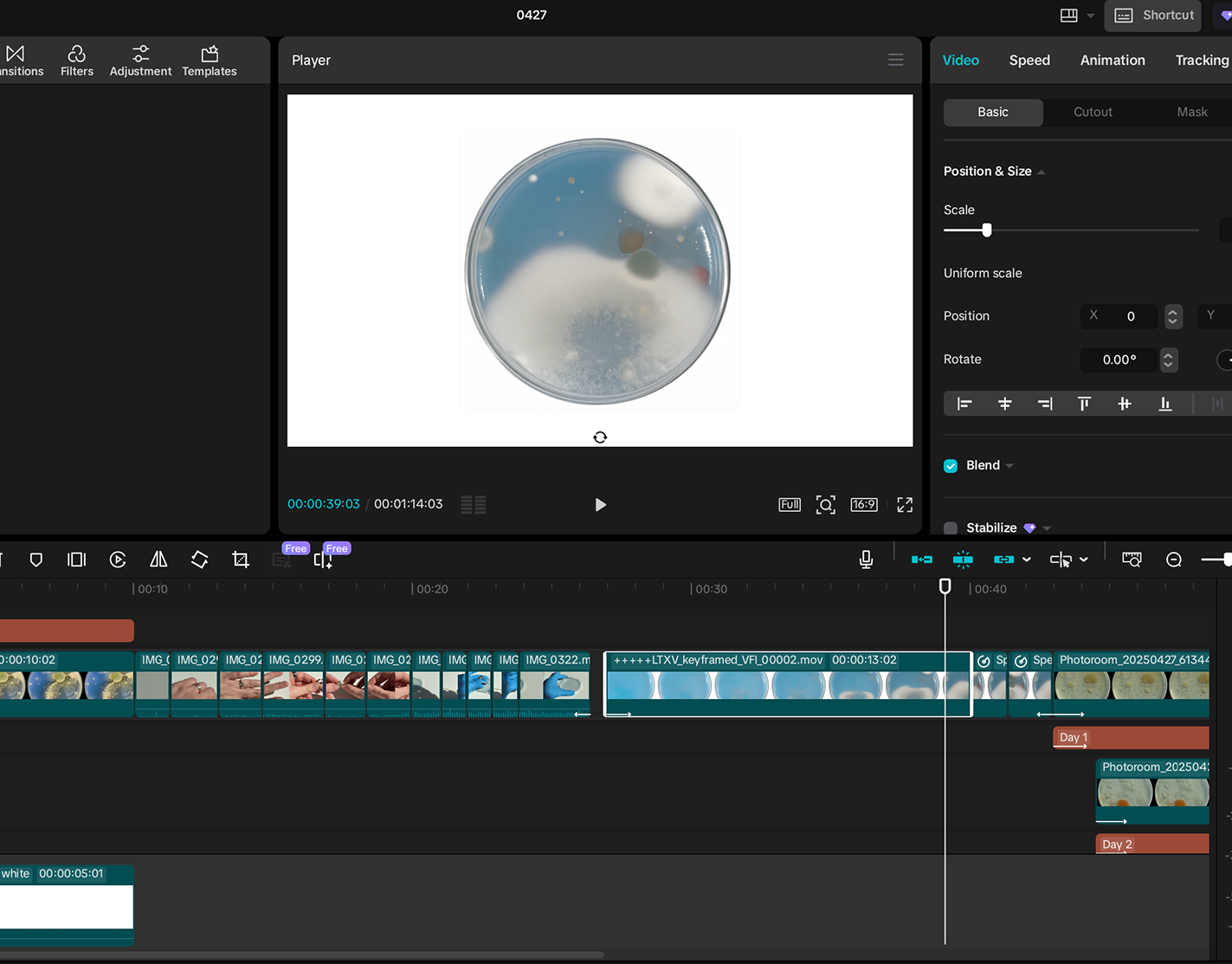Extended Forms
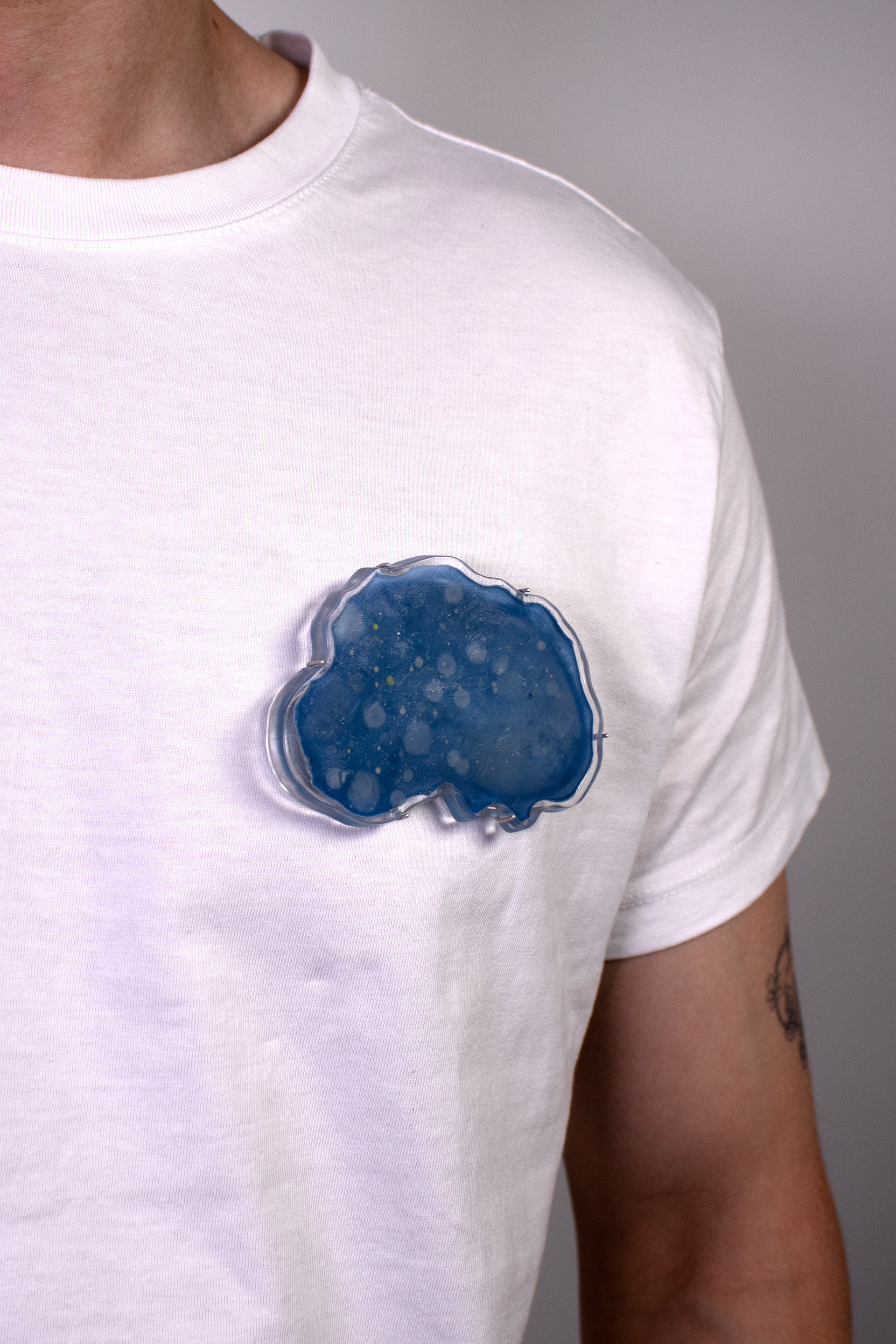
Day 1
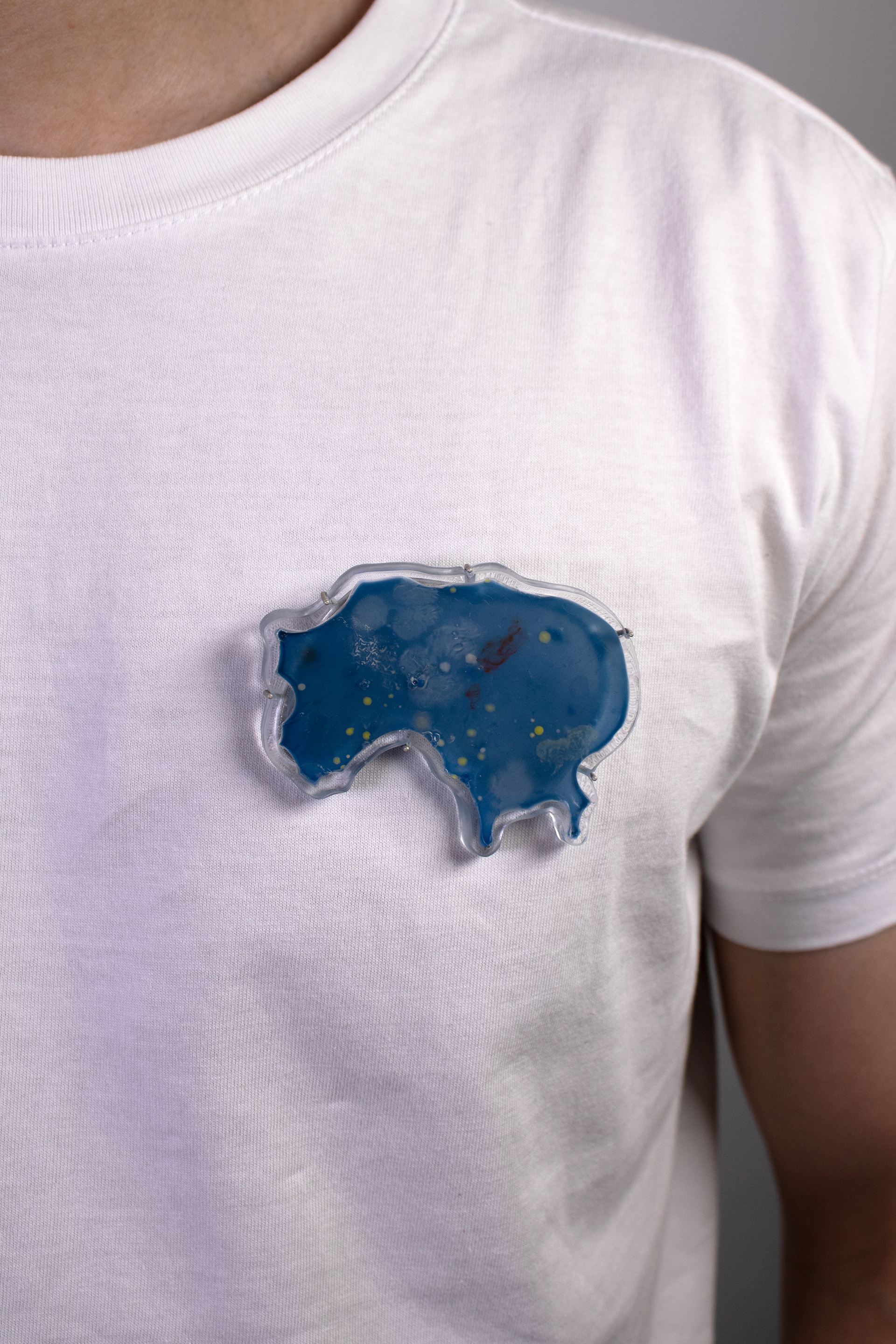
Day 2
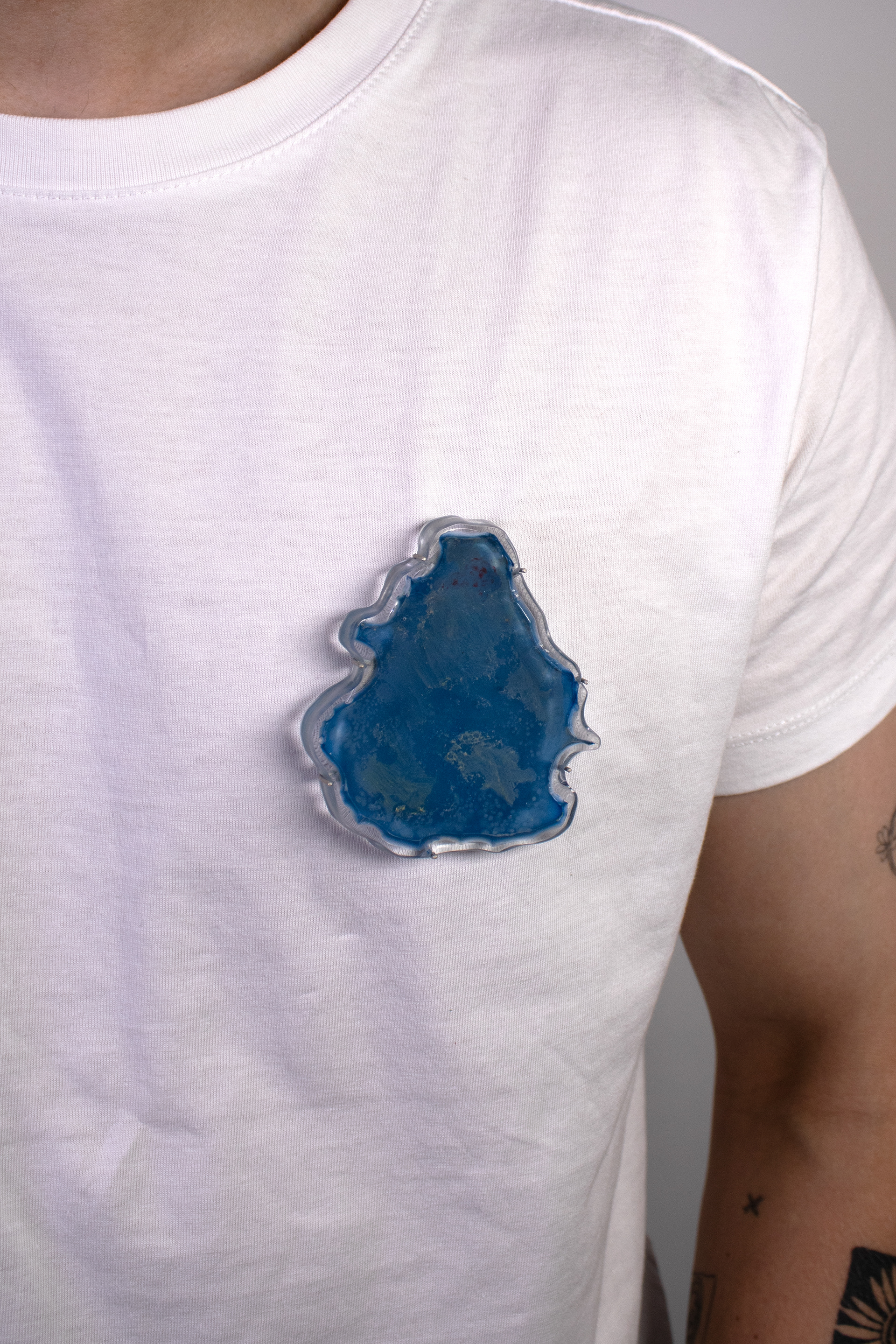
Day 3
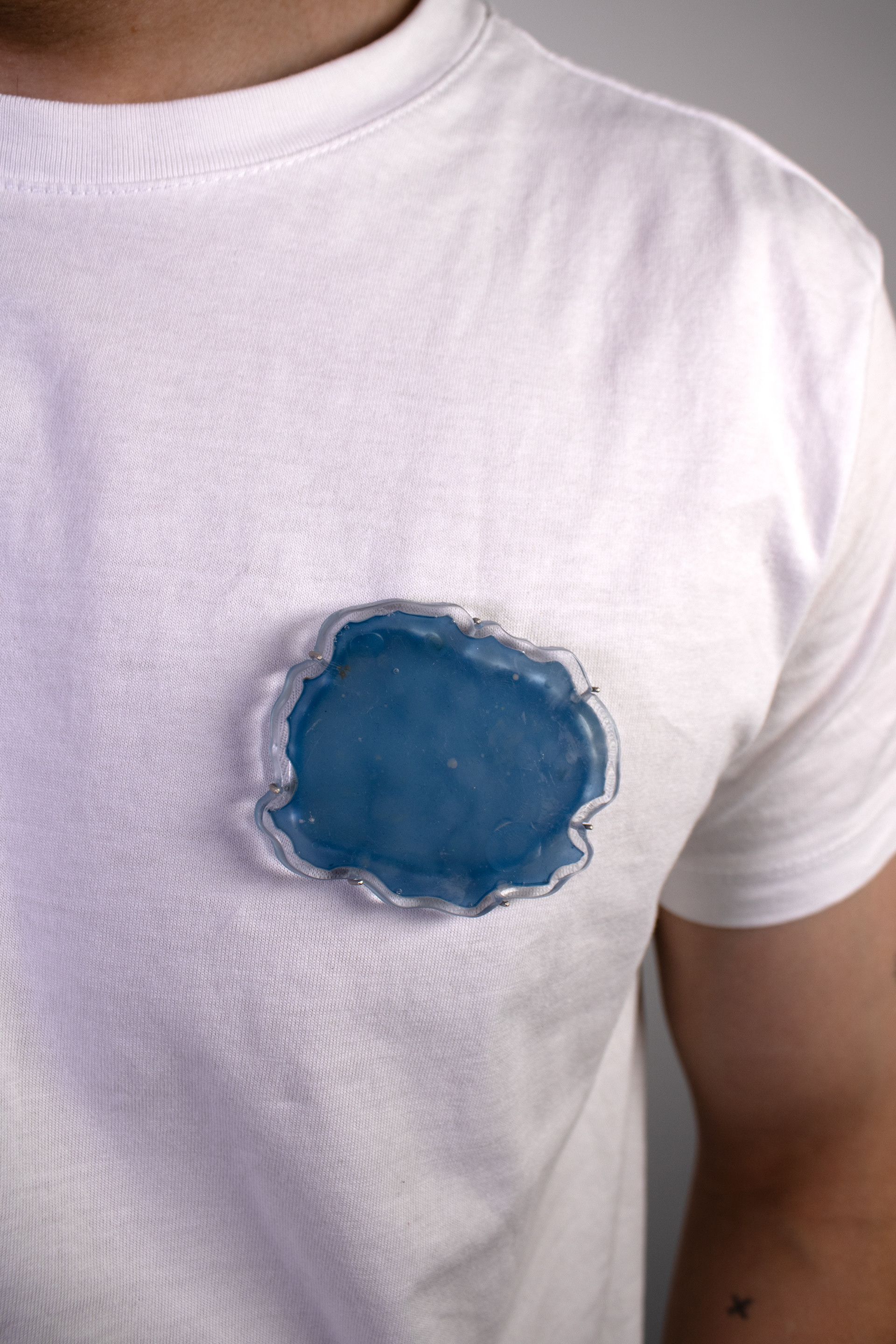
Day 4
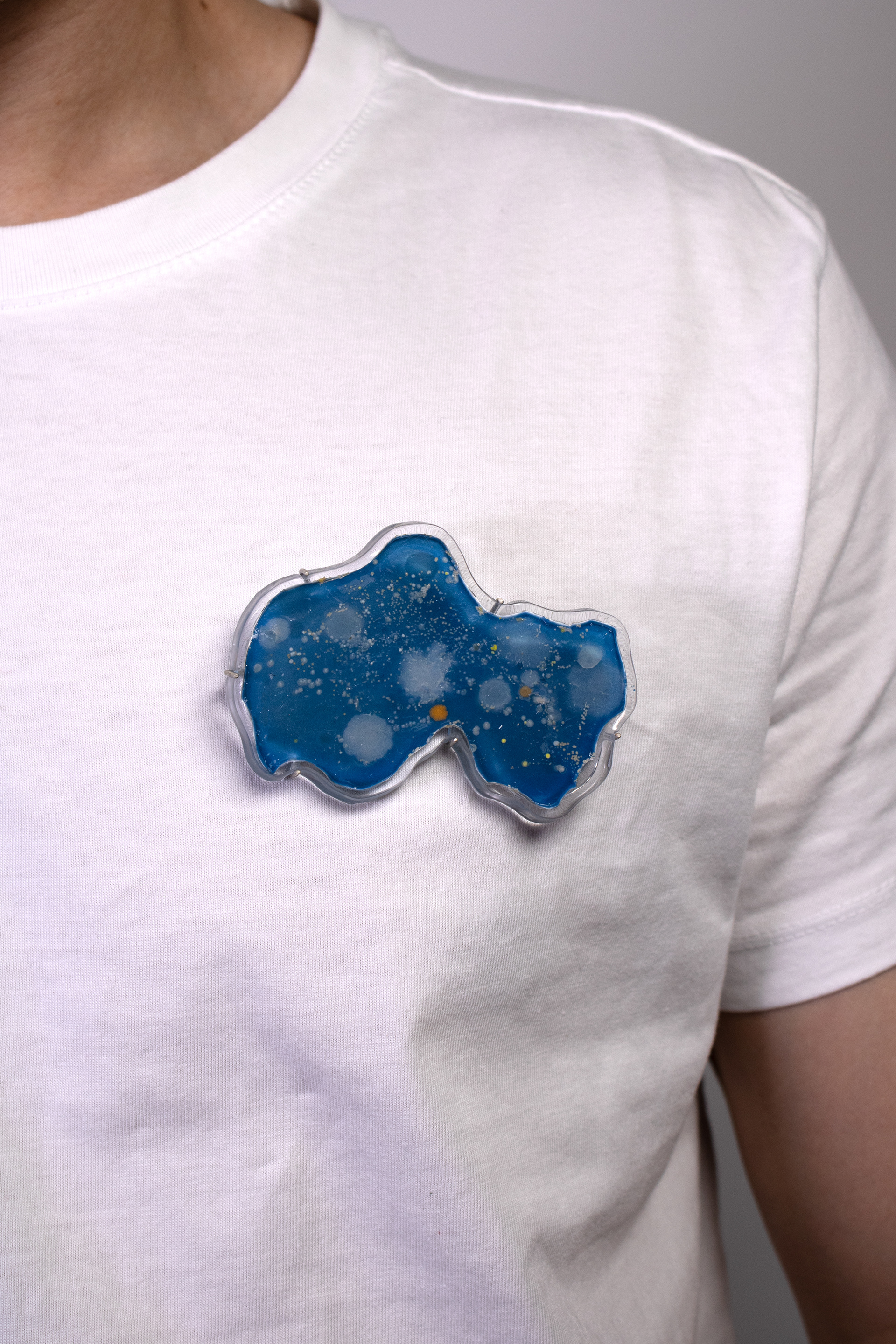
Day 5
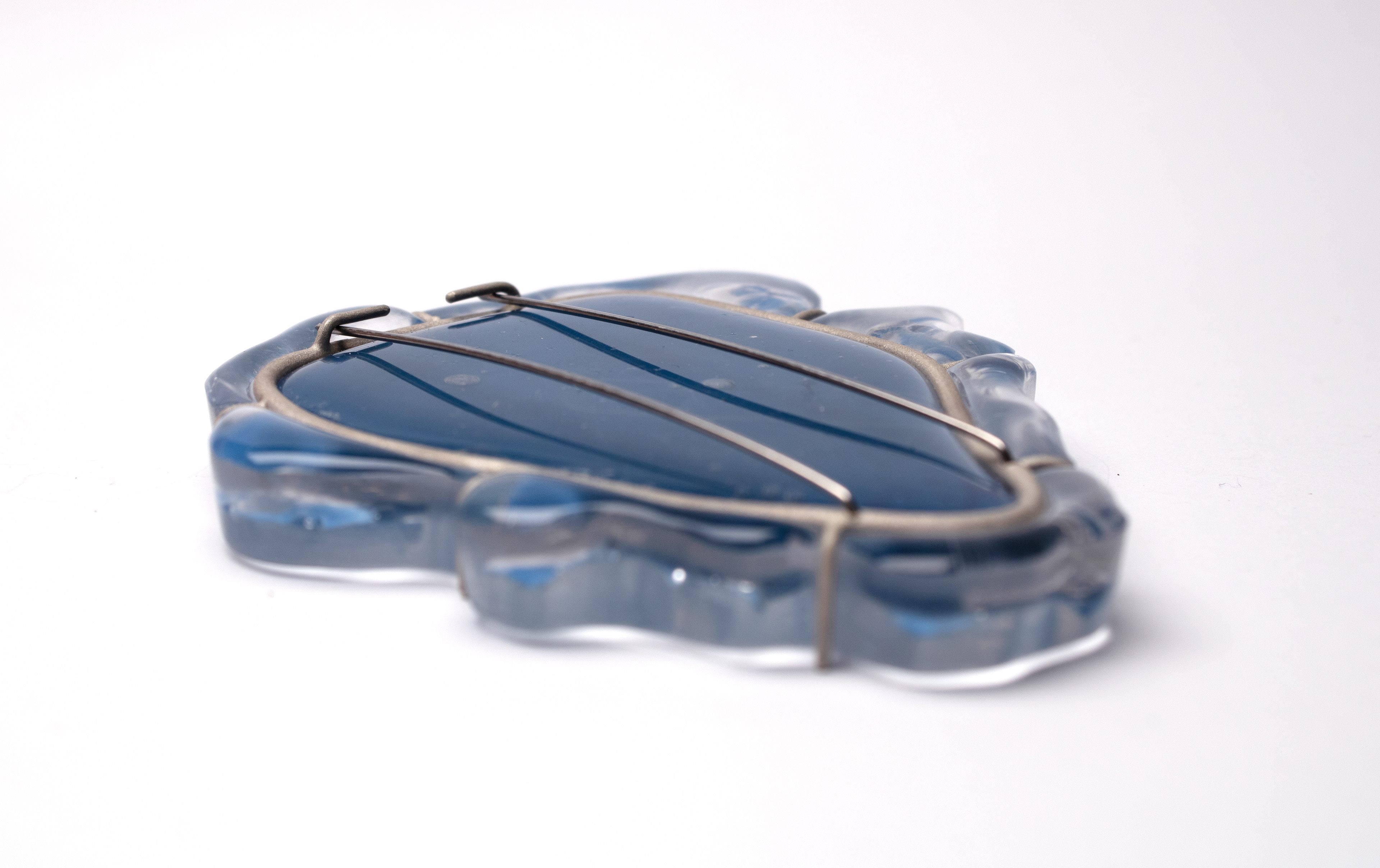
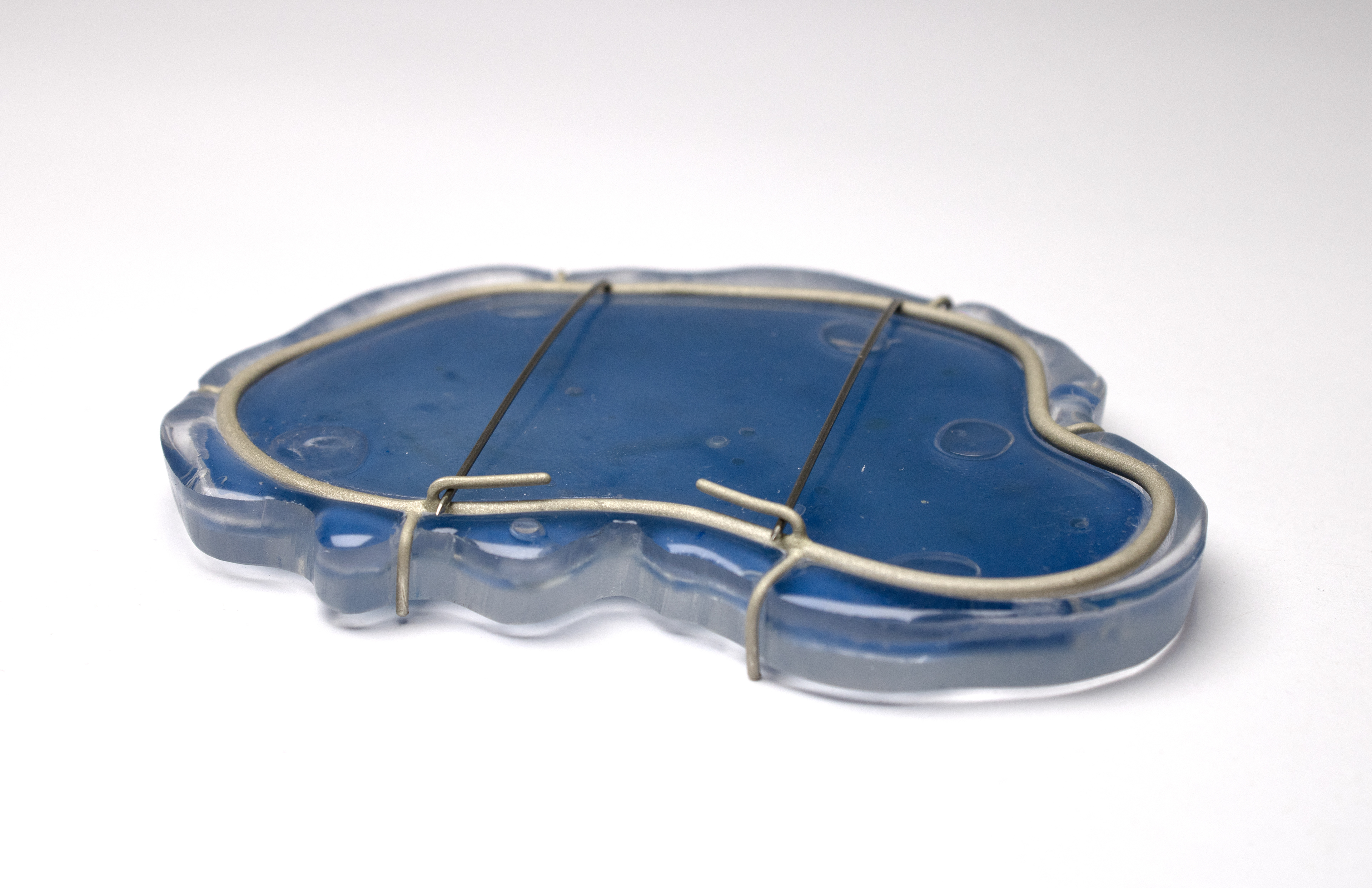
[Recycled Solid 925 Silver, Potato Dextrose Agar, Pigment, Bacteria, Epoxy Resin, Stainless Steel Pins]
Artist Statement
Extended Forms is a body of work that explores the invisible yet constant presence of bacteria on the objects we interact with every day, proposing bacteria as a natural extension of these items. Rather than treating it as a passive subject, this series uses bacteria as a collaborator in the creative process. Each brooch design is based on bacterial growth cultivated from my silver ring that I wore over five days, documenting how microorganisms extend, distort, and reshape over time.
Silver is used within the brooches themselves, creating a material link to the original ring and reinforcing the shared narrative between body, object, and microbe.
By translating microbial patterns into wearable forms, Extended Forms reveals the often-overlooked processes of transformation that shape our environment. Jewellery, typically seen as fixed or permanent, is reimagined as a living archive, something shaped by growth and time. These pieces blur the boundary between the biological and the crafted.
This work encourages a shift in perspective, inviting viewers to acknowledge the presence of bacteria not as something to fear, but as a quiet, invisible extension that we interact with every day.
Reflection
Throughout this project, my work has focused on the question: “How does the bacterial extension of my ring change over the duration of a week?” Initially, I aimed to investigate the range of bacteria that we interact with every day, building on previous research from DC3. However, after being unable to collaborate with microbiologists, I had to reconsider my direction. I began to explore how bacteria could act not simply as a form of documentation but as a collaborator in the design process and as an active material.
The central focus became how I could translate the bacterial growth into design decisions. I chose to use CAD, a skill I developed in Unit X and wanted to refine further. I initially explored mapping bacterial shapes and densities into 3D printed forms. Although these iterations were ultimately removed from the final collection, they still played an important role in my learning. This process strengthened my technical abilities and taught me the importance of critically assessing when to let go of work that does not complement the rest of the piece.
The most significant shift in my thinking came when I began to explore time as a concept. Moving from static swabs to documenting the changes in bacterial growth over a week reframed the ring as a living, evolving object. This brought a more scientific and investigative dimension to my work. It changed my approach to documentation, from capturing a static moment, to tracing the evolving patterns and behaviours of a microbial extension.
Although I couldn’t collaborate with bacteria in the way I initially envisioned, I believe I achieved my goal through an alternative and arguably, more effective route. By using bacterial growth as the basis for the formal structure of my pieces, I moved away from surface-level decoration and towards genuine material collaboration.
There are numerous modifications I would consider, most particularly in terms of refinement. While I am glad that I opted to make 5 brooches instead of 7, this still did not give me enough time to refine certain aspects, particularly with the resin, the height of the prongs, and the brooch mechanism. On reflection, one piece of steel wire bent to match the curvature of the bezel would have worked better than the two separate pieces, allowing the double pins to move more cohesively.
Looking ahead, I plan to continue this theme of work through the Manchester Jewellery Collective (MJC), which I recently co-founded. This will serve as a platform to exhibit my new bacterial works and engage with wider audiences. The core of my practice is to challenge the stigma around microbes and reframe bacteria as beautiful, complex, and ever-present cohabitants of our lives.
Through reimagining bacteria, my practice has become a space for renegotiating the boundaries between the living and the made. This project has taught me that limitations, scientific, technical, or conceptual, can be generative. Jewellery, in this context, becomes more than adornments; it becomes a living archive of change and growth.

